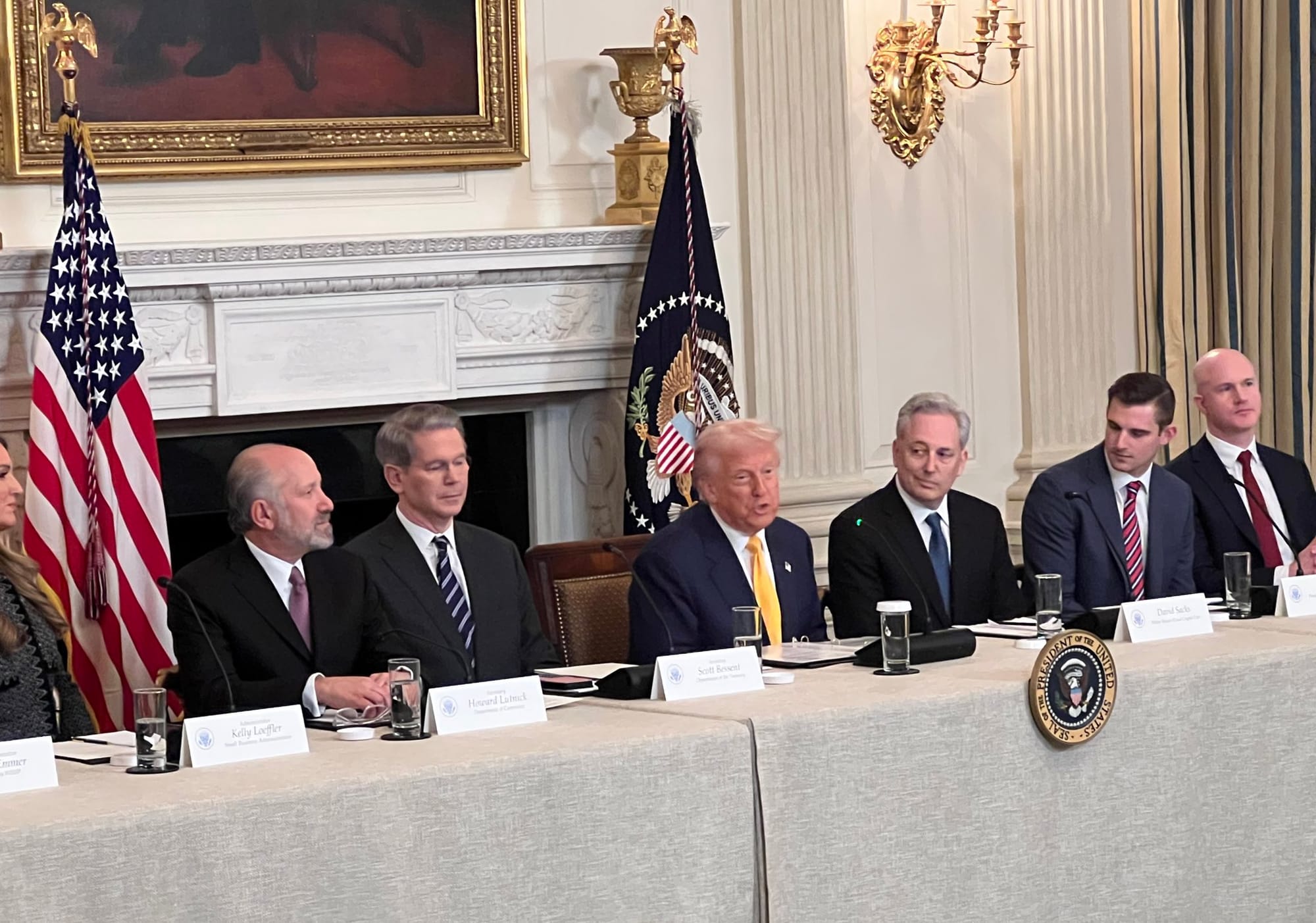Trump Unveils Bold Vision at White House Crypto Summit

On March 7, 2025, the White House became the stage for a historic moment in the world of digital finance as President Donald Trump hosted the first-ever Crypto Summit. The public session offered a glimpse into Trump’s ambitious plans to position the United States as a global leader in cryptocurrency, with Bitcoin taking center stage.
This gathering wasn’t just a meeting of minds; it was a clear signal of a seismic shift in how the U.S. government views digital assets. Following the public remarks, a private closed-door session is currently taking place, leaving the crypto community buzzing with anticipation for what’s next.
Trump kicked off the summit with a passionate declaration of his commitment to making America the “Bitcoin superpower of the world” and the “crypto capital of the planet.” He didn’t mince words when he criticized the Biden administration, accusing it of waging a “war on crypto” through aggressive regulatory tactics.
To counter that, Trump proudly announced an executive order signed the previous day, establishing a strategic Bitcoin reserve within the U.S. Treasury. He described it as a “virtual Fort Knox for digital gold,” a stockpile initially funded by the government’s existing stash of roughly 200,000 Bitcoins, seized through law enforcement actions. The message was clear: America isn’t just dipping its toes into crypto—it’s diving in headfirst, with an eye on staying ahead of rivals like China in the tech race.
Key figures like David Sacks, Trump’s crypto czar, and Treasury Secretary Scott Bessent echoed the president’s enthusiasm. Sacks praised Trump’s leadership for ushering in a “golden age” for digital assets, while Bessent framed the administration’s approach as one that builds assets for Americans, not debt. The summit wasn’t all about Bitcoin, though. Trump hinted at broader support for the crypto industry, including stablecoins, which Bessent said would help maintain the U.S. dollar’s dominance in global finance. Attendees, including industry leaders, expressed gratitude for the administration’s willingness to collaborate, a stark contrast to the hostility they faced in recent years.
Stay In The Loop and Never Miss Important Bitcoin and Crypto News
Sign up and be the first to know when we publishA Framework for the Future
The agenda laid out during the public session painted a picture of a government eager to harness the potential of digital assets. Trump and his team outlined goals like creating a “sound framework to catalyze the Crypto Renaissance” and unleashing the industry’s power to fuel global economic growth. They even spoke of revitalizing capitalism and property rights, positioning the U.S. as the “banker to the world” through crypto innovation. What stood out to me was the emphasis on ethics—market participants were urged to prioritize fair disclosure and avoid conflicts of interest, a nod to the industry’s rocky past.
The summit wasn’t without its nuances. While Trump’s vision leaned heavily on Bitcoin—complete with a catchy “never sell your Bitcoin” mantra—there was also talk of regulatory clarity for stablecoins and the broader digital asset market. This balance suggests an administration trying to embrace innovation without losing sight of the dollar’s global role.
For the crypto industry, long battered by uncertainty, this shift feels like a breath of fresh air. The promise of ending policies like “Operation Choke Point 2.0,” which Trump accused of strong-arming banks against crypto businesses, only sweetened the deal.
As the public session wrapped up, the real intrigue shifted to the private meeting that follows. Details remain under wraps. Will this summit translate into concrete policies that spur investment and job creation? Could it redefine America’s place in the global financial landscape? For now, the White House Crypto Summit stands as a bold statement of intent—a moment where ambition met opportunity, setting the stage for a new chapter in the U.S.’s relationship with digital assets.

